
A customer shops at a secondhand luxury store in Shanghai on Dec 9, 2021. (Provided to China Daily)
Pan Xiaoting, a 26-year-old clerk at a financial institution in Beijing who likes to shop on secondhand luxury product apps, recently bought a Gucci bag for 6,899 yuan ($1,031), far less than the original price of about 13,000 yuan.
"In the past, I bought luxury products from large shopping malls or exclusive stores when I took trips abroad. However, the new ones are often very expensive and I just use them for about one or two years, then look for another one," Pan said.
"I prefer watching livestreaming via some online secondhand e-commerce platforms, as the hosts demonstrate the details of the products, such as design, material, color and size. After comparing various handbags, I can decide which one fits me the best."
Buying used handbags or other luxury items through these platforms can save a lot of money, and some of the commodities could be 5,000 or 6,000 yuan cheaper than their original prices, she added.
Pan is among younger Chinese who are environmentally conscious and are keen on buying affordable high-quality and fashionable goods through secondhand luxury trading platforms.
The revenue of China's secondhand luxury industry is expected to reach 34.8 billion yuan in 2025, with a compound annual growth rate of 15 percent, representing enormous development potential, according to LeadLeo Research Institute, a market research services provider.
China's secondhand luxury goods market is in its infancy, with more than 50 percent of consumers of used luxury goods being below 30 years of age, who are in pursuit of more cost-effective and personalized products, said the consultancy.
Moreover, sales in China's secondhand luxury market only account for 5 percent of the luxury market while in some developed countries, the figure can reach 20 to 30 percent, said a report jointly released by the luxury research center at the University of International Business and Economics and Isheyipai, a platform for secondhand luxury deals.
"The supply chain of the secondhand goods market is relatively complicated, so we are making efforts to shorten unnecessary links along the trade chain and get the best and cheapest products from upstream sellers," said Xu Wei, founder and CEO of Hongbulin, a Chinese online trading platform for used luxury goods.
The platform aims to connect individual owners of luxury goods with potential customers who want to buy products at lower prices. Its sales revenue surged about 550 percent during last year's Singles' Day shopping carnival.
The company has attached huge importance to quality control and authentication by utilizing an advanced artificial intelligence-powered algorithm and technology to give appraisals and classifications to a variety of secondhand products.
In addition, it has set up a professional appraisal team and inked a strategic partnership with the luxury identification center affiliated with the China Certification &Inspection Group to ensure the authenticity and quality of luxury products offered on its platform.
Hongbulin has tapped into livestreaming, which can demonstrate the features and quality of the products more directly and vividly, with the average per-customer transaction reaching 8,000 yuan, Xu said, adding that they have established a team to train professional livestreaming hosts systematically.
Chinese consumers are set to confirm their place as the most important buyers of luxury products, accounting for nearly half of all purchases worldwide by 2025, said a report released by global consultancy Bain &Co.
They buy high-end luxury bags, clothing, jewelry and wine in China due to curbs on international travel amid the ongoing pandemic.
Bain also estimates that the global secondhand luxury market soared to 33 billion euros ($35.17 billion) in 2021, driven by increased demand and a growing competitive arena. As a comparison, the secondhand market has grown by 65 percent between 2017 and 2021, versus a 12 percent growth over the same period in the firsthand luxury market.
Shi Huilun, an analyst at LeadLeo Research Institute, said people's consumption attitudes have changed, with greater emphasis on sustainability and rational consumption. "Young Chinese consumers have strong purchasing power in secondhand luxury goods, which will become an important force driving the growth of the country's secondhand luxury industry."
Shi said most of the renowned luxury brands are mainly concentrated in first and second-tier cities, and they are comparatively conservative about whether to enter smaller cities, which presents a new opportunity for the secondhand luxury industry.
As purchasing secondhand luxury products via livestreaming services has gained wide popularity among China's younger generation, Shi said secondhand luxury goods trading platforms should strengthen cooperation with official appraisals and evaluation organizations to identify the authenticity of luxury goods and improve presale and after-sales services.








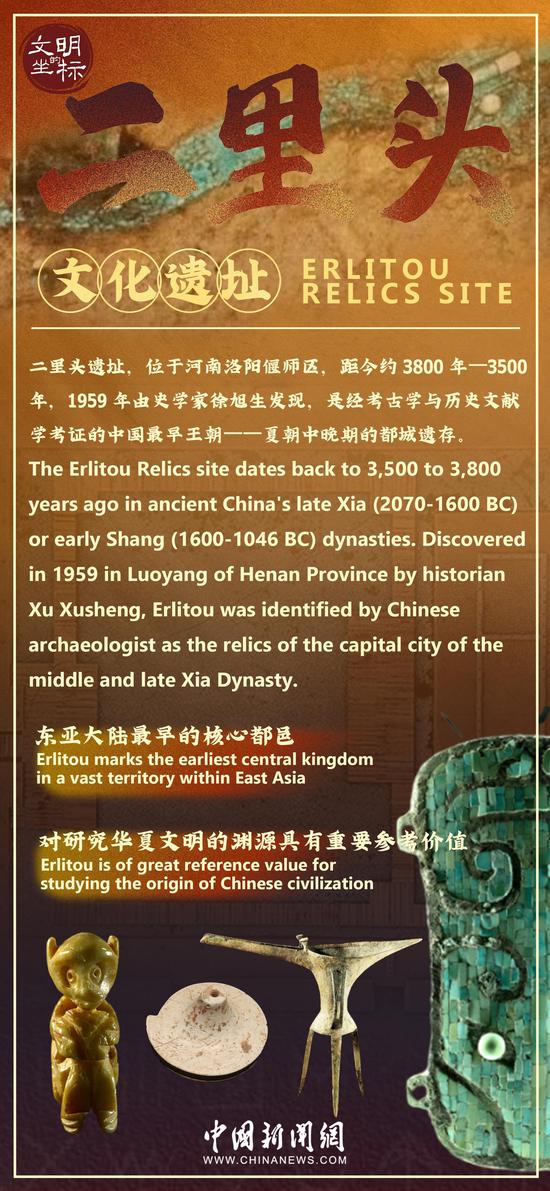

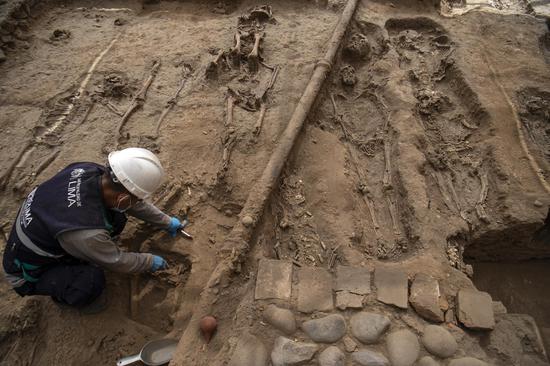
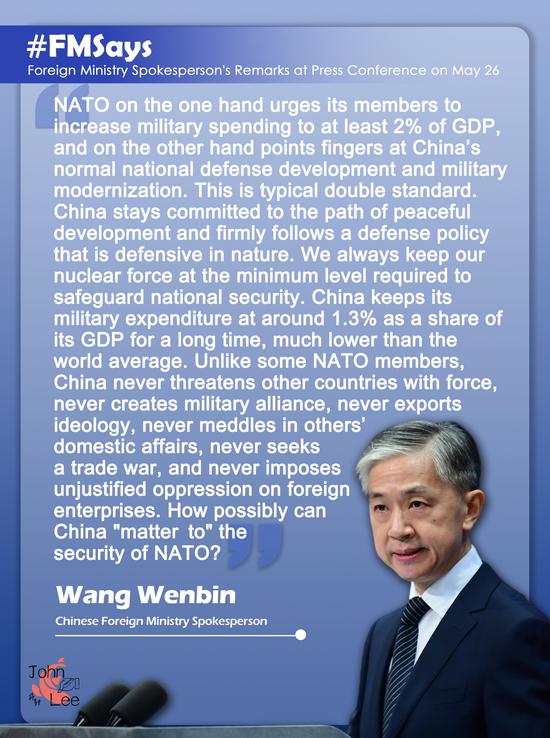
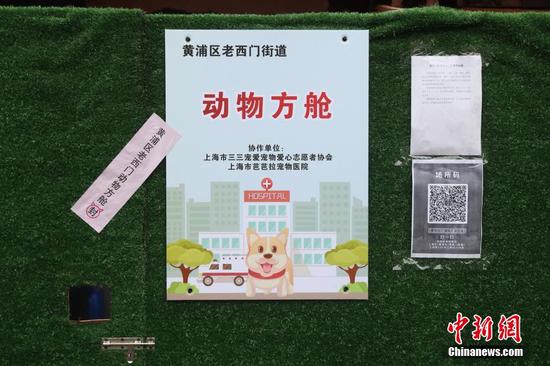
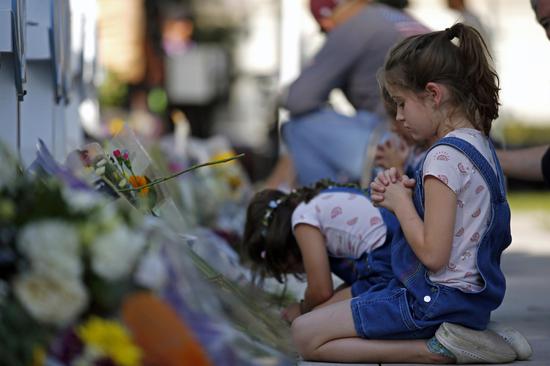

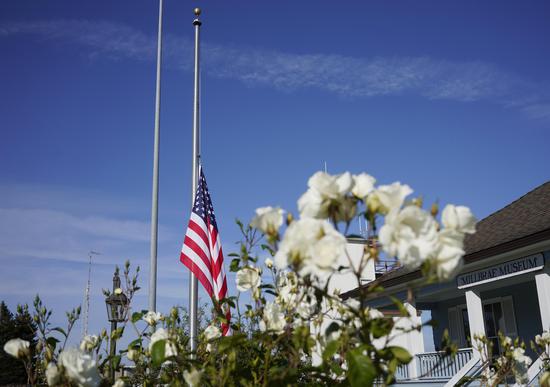
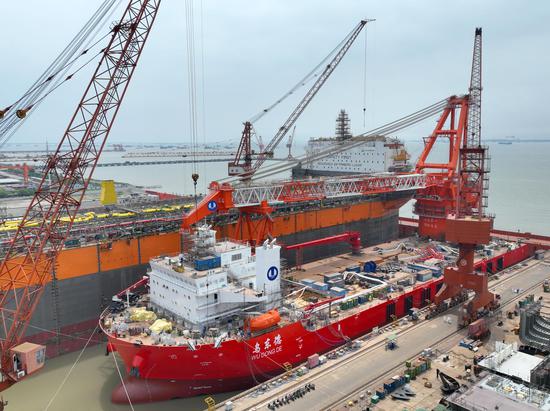
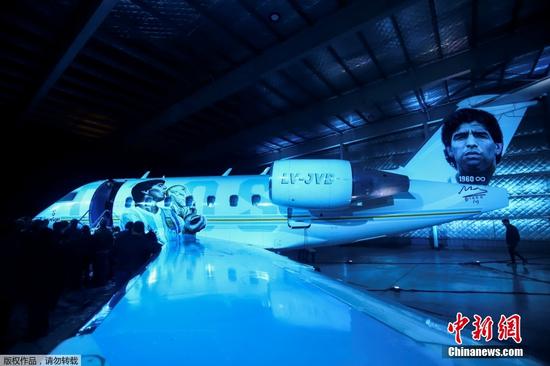
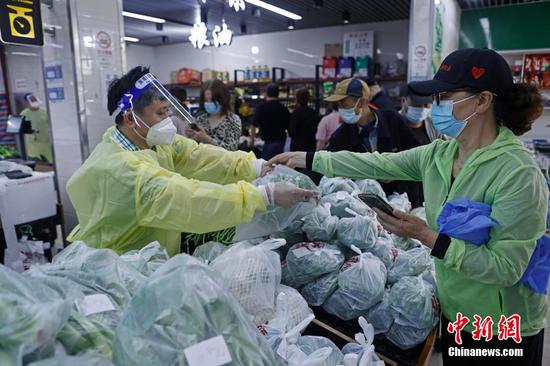
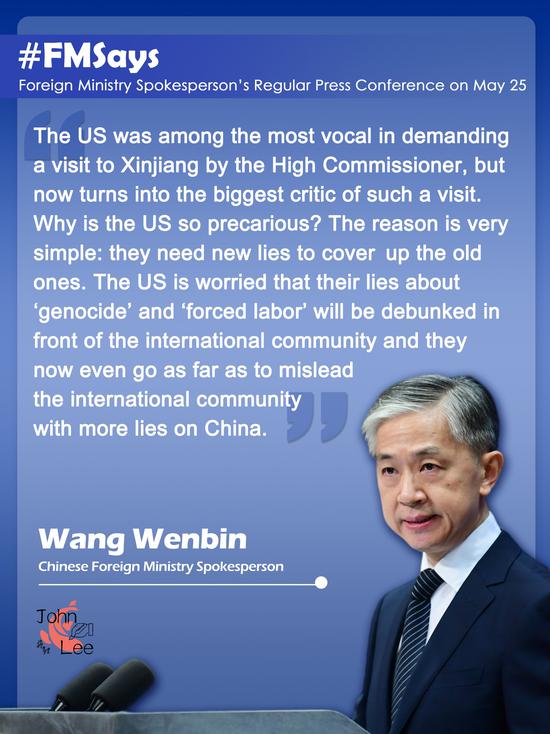

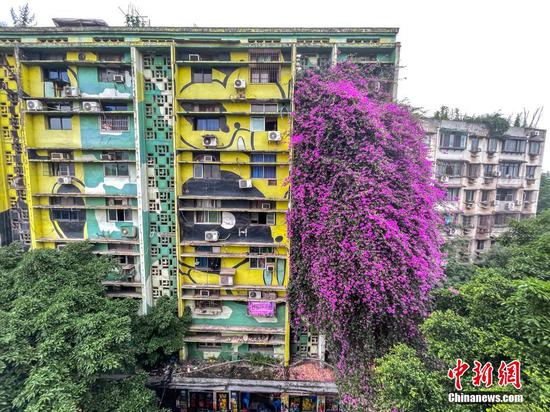
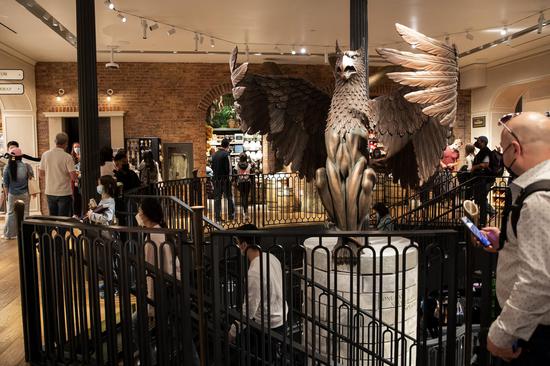
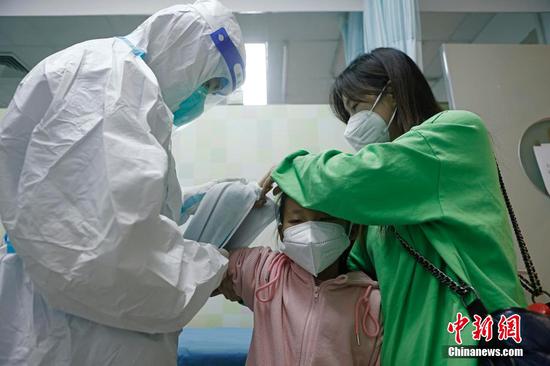
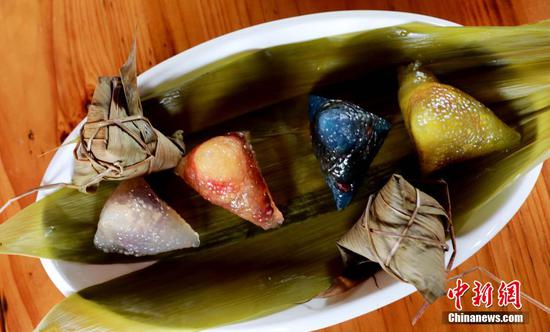


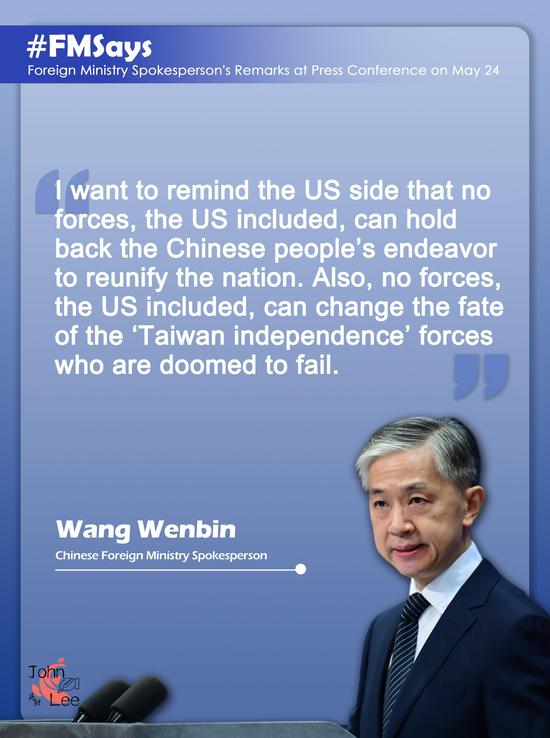
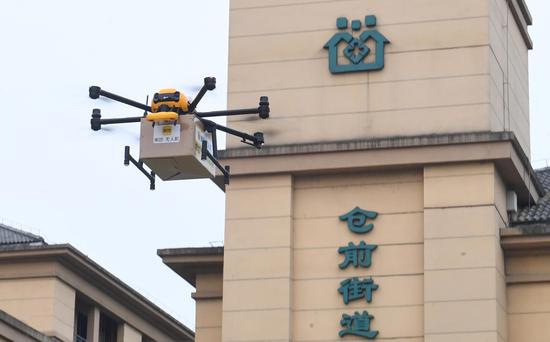
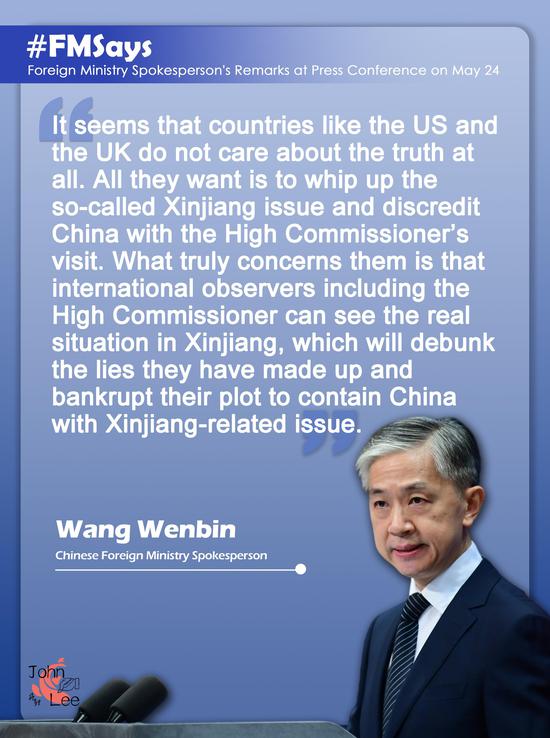

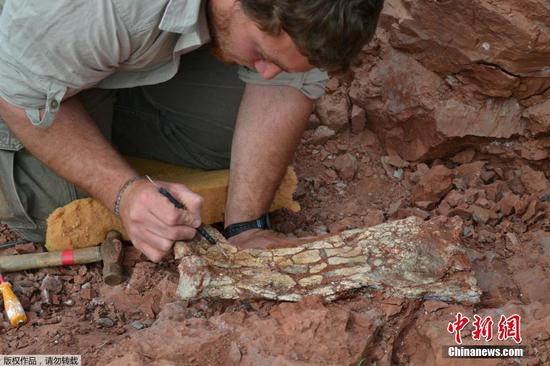
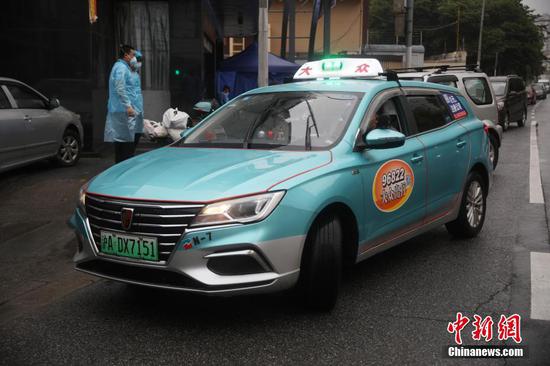
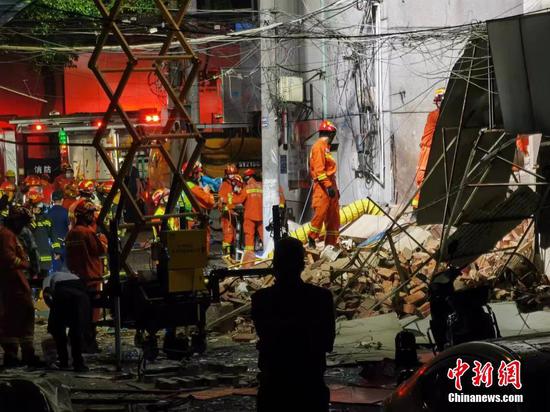

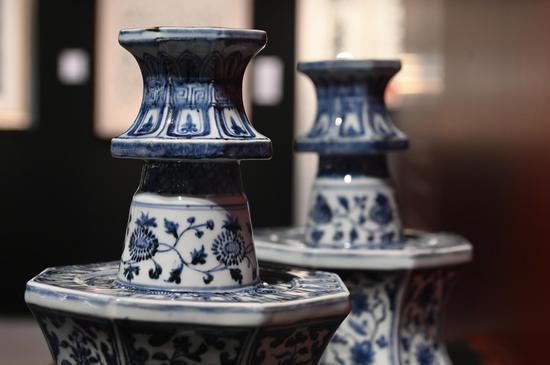
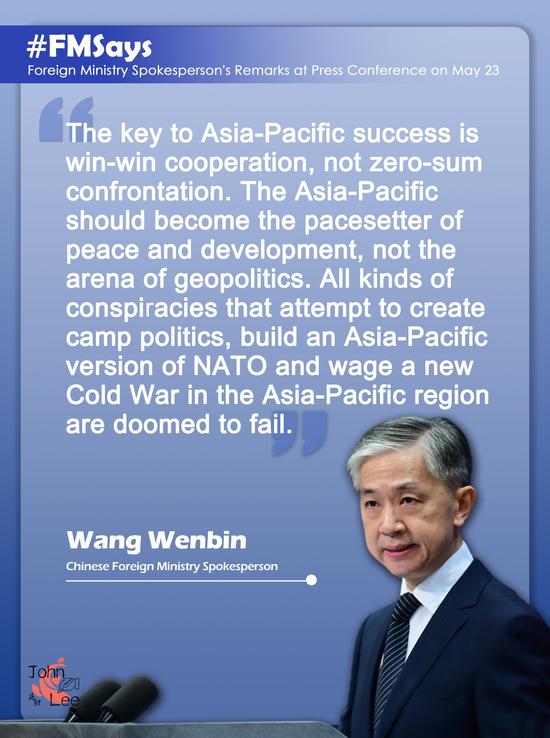

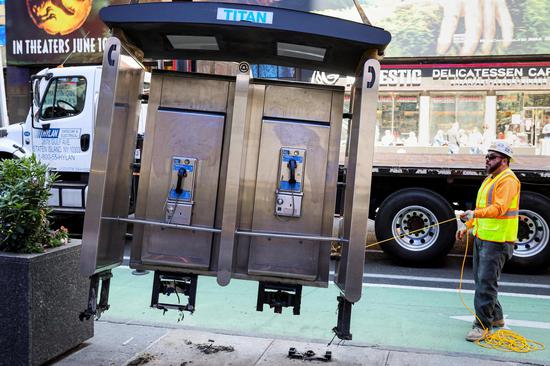
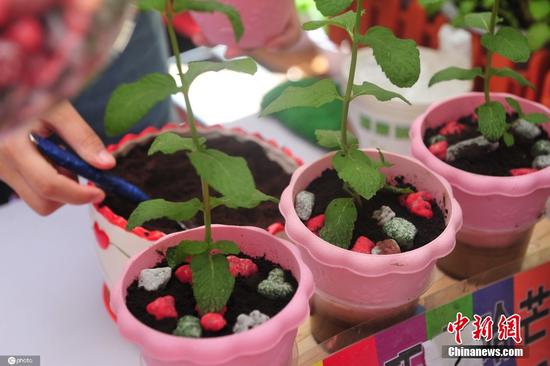
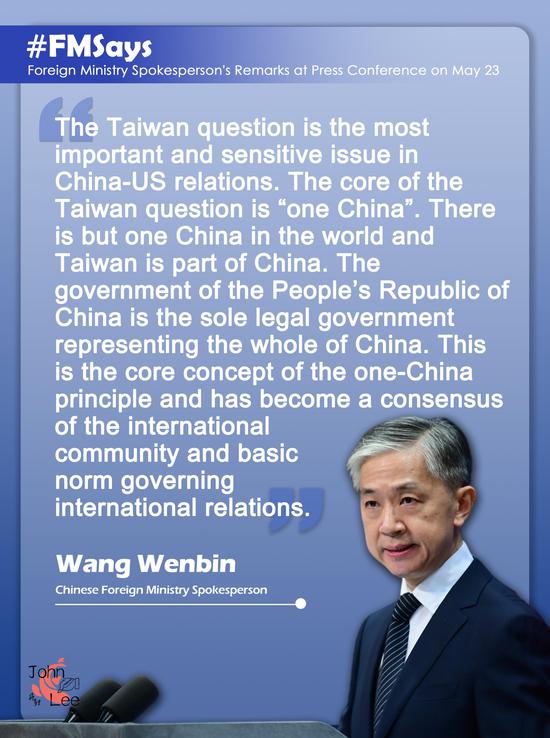
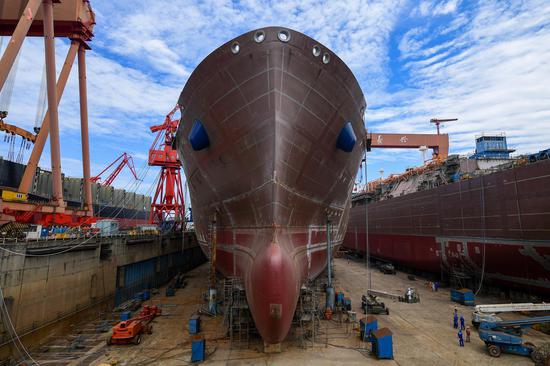
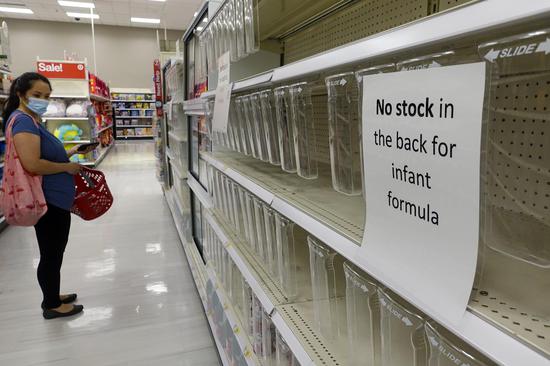
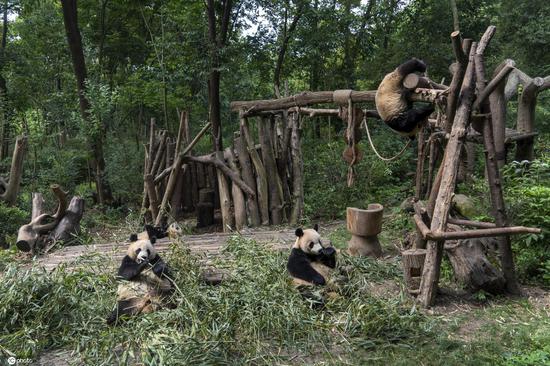






 京公網安備 11010202009201號
京公網安備 11010202009201號